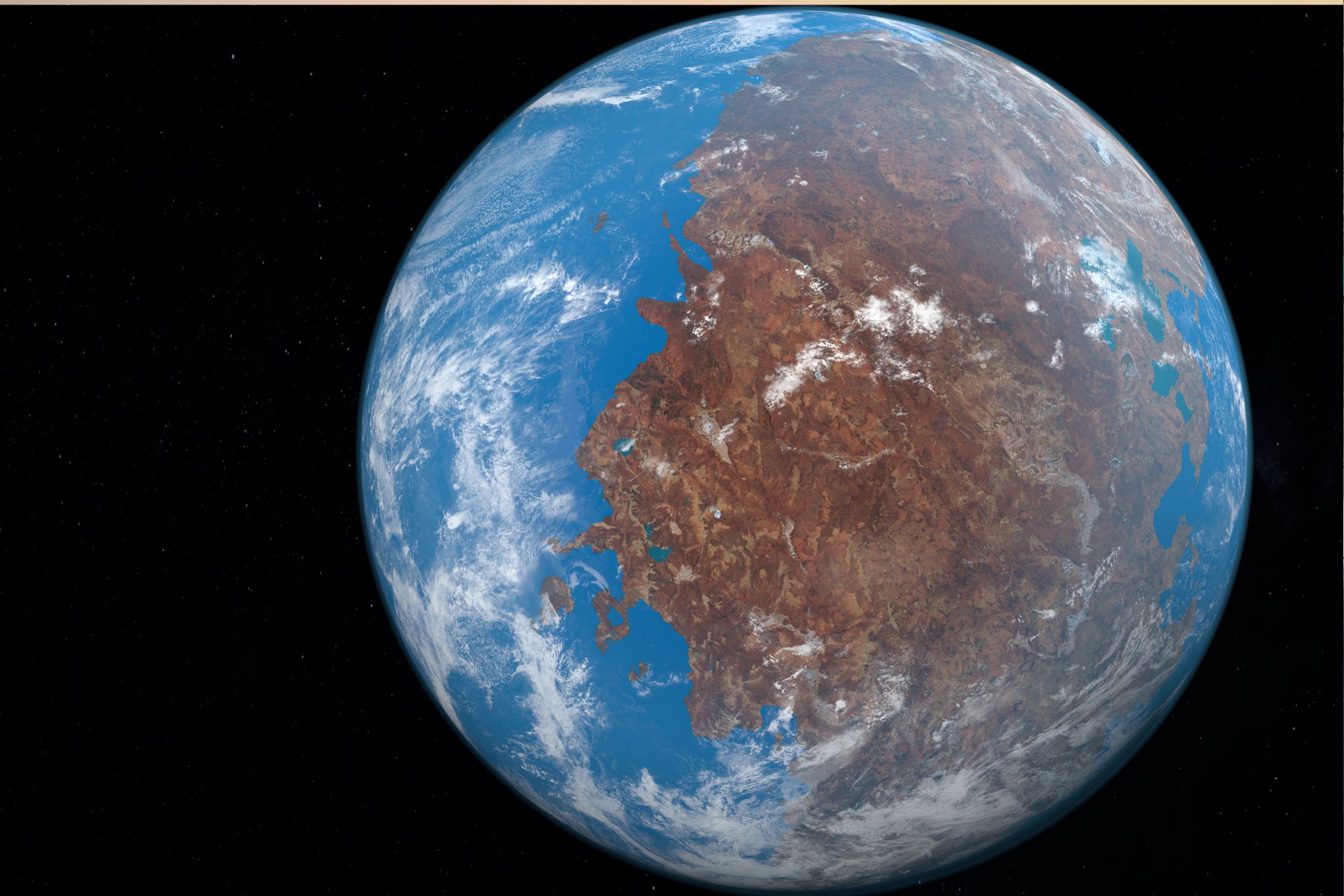As the earth came to be over billions of years ago, it has evolved through time with the movement of tectonic plates that created the continents due to continental drift. Now here we are faced with the creation of a new supercontinent in the next 250 million years; will life on earth survive?
A study has found that all the existing continents will combine to create a big supercontinent called ‘Pangaea Ultima.’ We human beings have been warned time and time again about catalyzing the end of the world as we know it through global warming. In addition to this, we have been confronted with fears about the earth moving away from the sun’s path and making much of the world inhabitable to plant, animal and human life. Yet, this supercontinent formation seems to be the most frightening prospect of all. Why? Because it is expected to happen sooner than the other expected catastrophes.
Ultima-time

Earthhow.com says that Pangaea Ultima will be shaped sort of like a doughnut- circular with a hole in the middle where the Indian Ocean will be. The landmass will be formed by North America combining with southern Africa, while South America, Antarctica and Australia will come full circle to link up with South Asia.
Nature Geoscience says that the formation of Pangaea Ultima will result in a sharp drop in the earth’s biodiversity due to sweltering surface temperatures. And of course, it doesn’t take a genius to figure out that this means mammal life will be almost completely impossible in such an environment.
So, how did this talk of this new supercontinent 250 million years into the future come about? Well, the Covid-19 pandemic had something to do with it. Although the idea of a supercontinent is nothing new (there have been several supercontinents in the past), the climate scientist who came up with the Pangaea Ultima theory felt more than a little bored while quarantining at the beginning of the pandemic and decided to do some forecasting on Earth’s next theoretical supercontinent. Alexander Farnsworth’s work thus started as a fictional model, and soon found that a sizzling era lay ahead. It was then that he decided to study this model properly along with a team of like-minded colleagues.
The findings were interesting, to say the least. Volcanic activity would rise with the creation of Pangaea Ultima, which would in turn, release massive amounts of greenhouse gases that contribute to an upsurge in global temperatures.
When it is this hot (the heat is expected to be around 104 degrees Fahrenheit), mammals, that have sweat glands and a circulatory system that eliminates heat, are unlikely to survive. This is because mammals’ body temperature controllers will not operate and will, therefore, be unable to reduce the extra heat from their bodies.

Hot! Hot! Hot!
These temperatures will increase due to eruptions brought about by crashing tectonic plates that will result in lava-filled areas coming up so suddenly that mammals will be caught off-guard without any adaptation time.
Space.com says that scientists worked on a supercomputer-operated climate model to predict temperatures in the Pangaea Ultima, where they found that the atmospheric carbon dioxide levels will rise to 1.5 times the level it is at today due to the sun’s increased radiation levels. This will make just 8% of the supercontinent’s land livable.
There is also the speculation that all life forms on Earth will be wiped out when plants cannot carry out photosynthesis. This is an area of uncertainty though, as plants may also be able to adapt to high temperatures.
It’s all ‘up in the air’
However, the team that studied the theory of the Pangaea Ultima felt there were a few uncertainties to be grappled with.
For instance, no one can predict with absolute certainty, how Earth’s tectonic plates will shift and how they will finally mass into one supercontinent. The timing of such shifts too, remains uncertain.
Furthermore, according to the Deccan Herald, Jessica Whiteside, a geochemist and paleoclimatologist at the University of Southampton in England has said that while there are various supercontinents that have been predicted, one of them- Amasia- is expected to collect at a higher and cooler latitude, which means that mammals still have a chance of survival.
Out of sight, out of mind?
So, don’t lament the end of your progeny just yet! For one thing, 250 million years is a long time away. And anything can happen between now and then.
However, scientists also say that forecasting in this manner can be helpful in terms of tweaking our predictions for the next few decades and more. For instance, Damian Nance, an Ohio University Geologist has said that predictions such as these will compel us to think about other ways in which atmospheric temperatures and carbon dioxide emissions can increase or decrease.
Ultimately, whether this research forecast is right or wrong it can still be useful in understanding our Earth as we know it.
Therefore, for right now, all we need to do is take it one day at a time, even when planning for the next few million years…
(Anouk De Silva)
